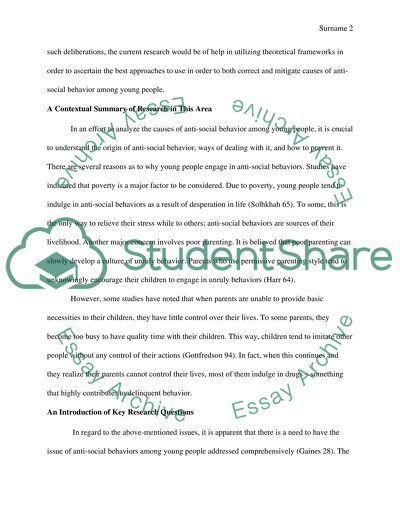Cite this document
(“Young Offenders and Youth Justice Research Paper”, n.d.)
Young Offenders and Youth Justice Research Paper. Retrieved from https://studentshare.org/law/1456332-young-offenders-and-youth-justice
Young Offenders and Youth Justice Research Paper. Retrieved from https://studentshare.org/law/1456332-young-offenders-and-youth-justice
(Young Offenders and Youth Justice Research Paper)
Young Offenders and Youth Justice Research Paper. https://studentshare.org/law/1456332-young-offenders-and-youth-justice.
Young Offenders and Youth Justice Research Paper. https://studentshare.org/law/1456332-young-offenders-and-youth-justice.
“Young Offenders and Youth Justice Research Paper”, n.d. https://studentshare.org/law/1456332-young-offenders-and-youth-justice.


